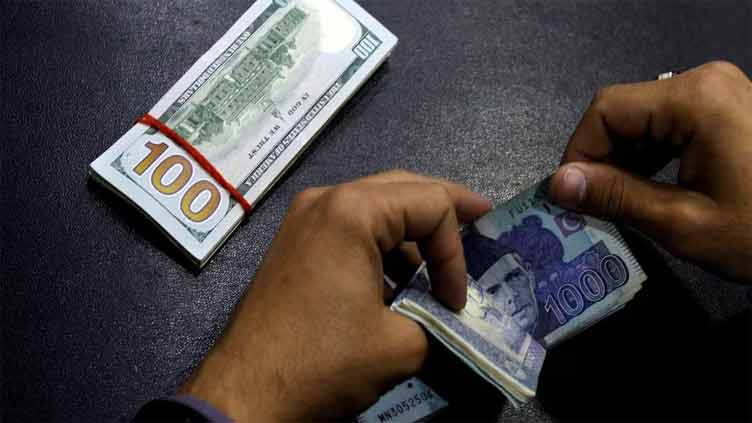Weaker rupee didn't increase Pakistan's exports, it made cost of production unsustainable

Pakistan
Advocates of weaker rupee also pushed power and gas prices, interest rate to record-high
LAHORE (Web Desk) – We are clamouring continuously that Pakistan’s exports have shrunk instead of increasing, especially after the much-taunted depreciation of rupee which was supposed to herald a new era. It shouldn’t have been the case. But the textile sector – the mainstay of the country’s exports –and others are witnessing a declining trend.
Pakistan witnessed a 12.71 per cent decline in overall exports during 2022-23 when compared with 2021-22 as the total amount dipped to $27.54 billion against the previous level of $31.78bn as the country.
Read more: Pakistan sees huge decline in exports and imports in 2022-23
It was mainly because of shrinking textile exports – from $19.33bn in 2021-22 to $16.50bn in 2022-23 – that represented a 14.63pc reduction.
What are the reasons? The increase in cost of production thanks to rupee depreciation making the products uncompetitive in international market and the reduction in global demand.
One mustn’t forget that the advocates of a weaker rupee or currency devaluation – including the International Monetary Fund (IMF) which is made any government intervention to shore up the currency – at the same time have pushed Islamabad to increase the electricity and gas prices that made the production cost unsustainable.
At the same time, the record-high interest rate has made in any new investment in the form of expansion or setting up any new unit as well as introducing measures to improve quality impossible for the businessmen.
Read more: Rate hikes: Many countries moving in opposite direction of US. Can Pakistan follow suit?
Hence, any perceived effect of rupee depreciation has been offset by the production cost hike at a time when there is very little domestic demand due to inflation and the resultant shrinking purchasing power.
Read more: Domestic demand, household spending forbidden topics in Pakistan?
It is in this context that the textile sector has been rightly arguing that they will continue to experience economic headwinds related to high interest rates, exchange rate depreciation, high power tariffs and an increase in the cost of raw materials.
With North America, the United Kingdom and the European Union also witnessing the consequences of inflation in the shape of reduced demand for various products, Pakistan has been directly affected by this phenomenon.
No matter what the advocates of rupee devaluation and increasing the gas, power and petroleum products say, the only way forward in reducing the cost of production to make products competitive in international markets given the current global economic slowdown has also reduced demand.



